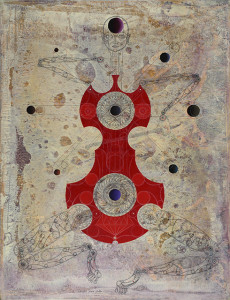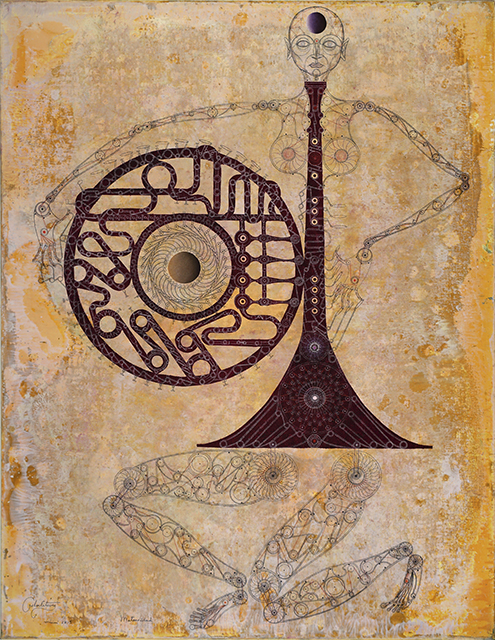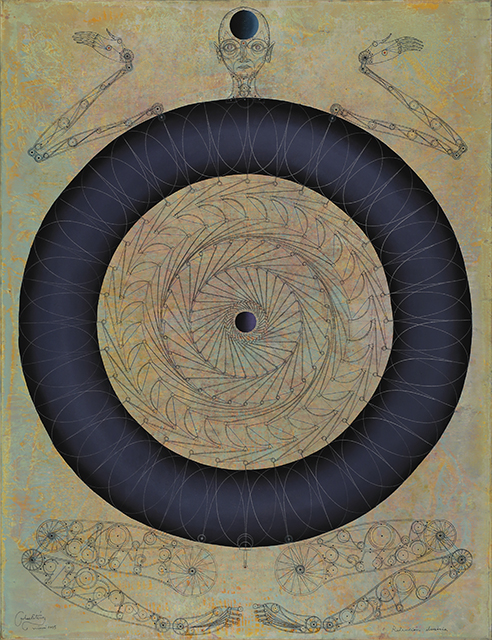
Carlos Estévez, Havana
Solo cosmico para cello.
About:
Carlos Estévez was born in Havana, Cuba, 1969. Lives and works in Miami, USA. Graduated from the Instituto Superior de Arte, Havana, Cuba in 1992. Received the Grand Prize in the First Salon of Contemporary Cuban Art in 1995 and the Joan Mitchell Foundation Grant for Painters and Sculptors in 2015.
La realizacion de lo imposible.
Maternidad.
Artist Statement:
What is the man?
What is life?
What do we represent in the universe?
What is happiness?
There is my obsession.
C.E.
I learned from this world that words are nothing; they are merely a frail sound in the space and their value lasts no more than a life. Acts are also worthless, since there is no return to the space and moment in time in which they occurred.
I think that works of art transgress the words and acts. They are men’s supreme effort to conquer the universe, which is the human being itself. But constancy is required since artworks are “marks” that keep one alive while one creates them, and help a little and only sometimes to have the presentiment of how is God.
Redencion ilusoria.
My work is, in essence, the representation of a vision that nurtures itself from a whole lively and reflexive process; assimilating the world in order to reintegrate it once more to itself by means of images that symbolize my marks in the universe.
I have conceived my work in the form of fragments. A kind of essays or phrases that come to me intermingled with the dynamic of the human thinking. As such, the pieces are not understood as an ending, stylish succession, nor formal harmony; but, they are by and large oriented towards the diversity with the connection of the unique source: “The Creator,” towards a same goal: the cognoscente experience.
El recolector de viajes.
Each one of the pieces pretends to be a conclusion: either a query or an answer that depletes itself, attentive to the ideas’ exigencies, developed from the communion between the symbolic-suggestive connotations of the image and the material that contains it.
My fundamental resources have been: the encyclopedias as metaphors of confinement within an object (book) that comes from the “human knowledge;” the universal history from where I have acquired symbols and images to represent my ideas; and finally, the life as a cognoscente experience in which I pretend to re-elaborate, in a personal manner, the treatise of the human existence.




